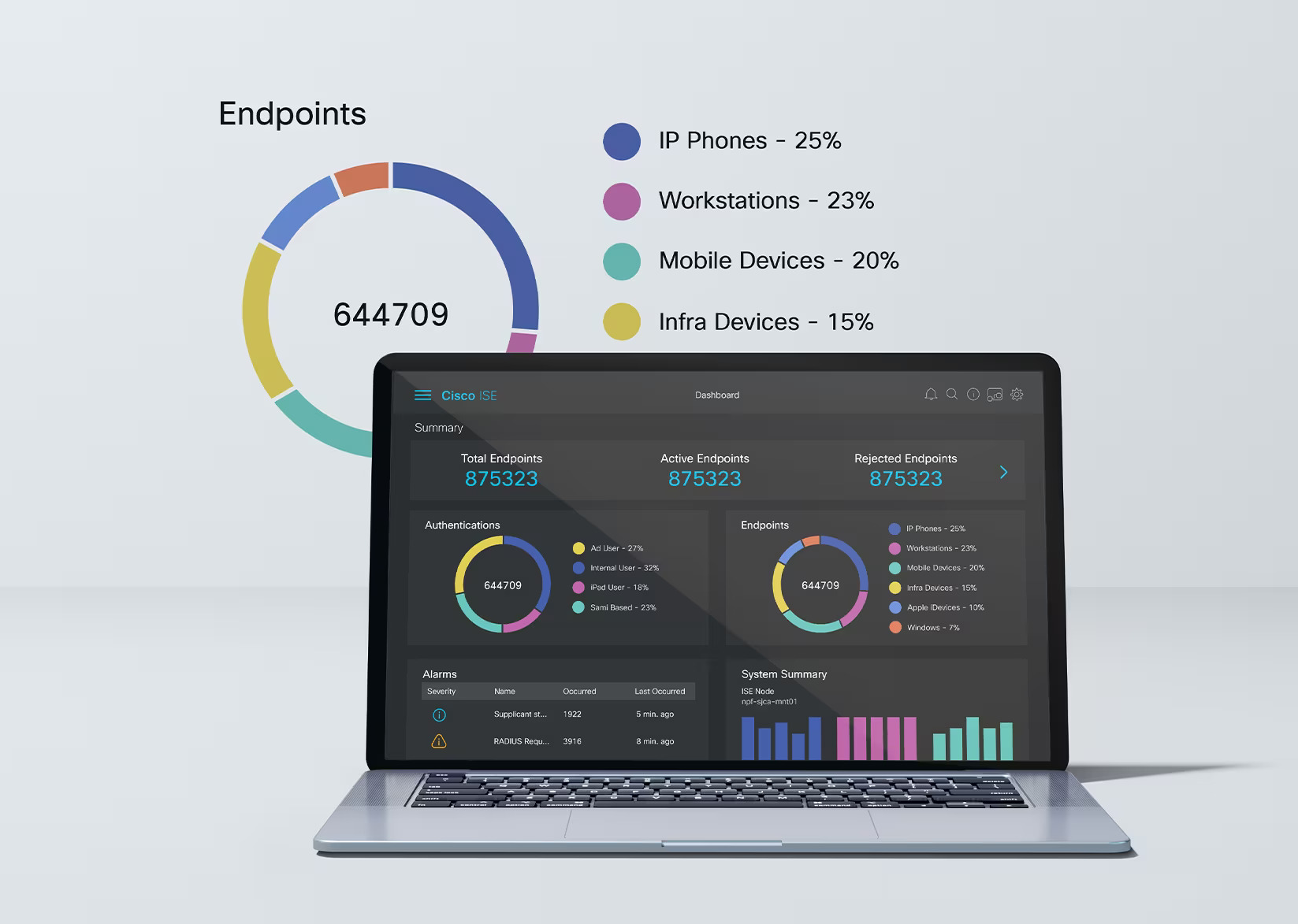Maximizing Cybersecurity ROI

In today’s digital landscape, the significance of cybersecurity for businesses can hardly be overstated. From safeguarding sensitive data to maintaining operational integrity, the role of robust cybersecurity frameworks has never been more critical. However, for IT professionals, entrepreneurs, and small businesses alike, the challenge often lies in quantifying the return on investment (ROI) for cybersecurity measures. The quest for maximizing cybersecurity ROI is not just about spending on defense mechanisms but about making informed investments that protect and propel a business forward.
Understanding Cybersecurity ROI
Cybersecurity ROI stands as a crucial metric for businesses, offering insights into the effectiveness and value derived from investments in cyber defense mechanisms. Unlike traditional investments where returns can be easily quantified, calculating the ROI on cybersecurity can be intricate. Cybersecurity ROI does not merely translate to financial gains but encompasses avoided losses, enhanced reputation, and secured intellectual property.
The Cost of Cybersecurity vs. The Cost of a Breach
To appreciate the value of cybersecurity investments, it is essential to juxtapose the costs involved in implementing cybersecurity measures against the potential financial and reputational damages a security breach can inflict. While investing in cybersecurity entails upfront and ongoing expenses — from deploying advanced threat detection systems to conducting regular security audits — the cost of a breach can astronomically surpass these investments. Data loss, operational downtime, legal liabilities, and tarnished brand reputation are just the tip of the iceberg.
How to Calculate Cybersecurity ROI
Calculating the ROI of cybersecurity investments involves a multifaceted approach. Begin with identifying and quantifying the costs associated with implementing cybersecurity solutions. Then, consider the potential risks and the financial impact of data breaches that these investments mitigate. By using a cyber security roi calculator, businesses can leverage essential metrics and formulas to derive their return on security investment, factoring in both direct financial savings and indirect benefits such as maintaining customer trust.
Inputs for a Cybersecurity ROI Calculation
To accurately calculate cybersecurity ROI, several key inputs must be considered. These inputs provide a comprehensive understanding of the potential costs and benefits associated with cybersecurity investments.
- Initial Investment Costs: This includes all expenses related to purchasing or developing cybersecurity tools and technologies. It encompasses software licenses, hardware purchases, and initial setup fees.
- Ongoing Operational Costs: These are the recurring expenses required to maintain and operate cybersecurity measures. Examples include subscription fees, salaries for cybersecurity personnel, and costs for regular security updates and audits.
- Potential Loss Costs: Estimating the potential financial losses from a cyber incident is critical. This includes data loss, business interruption, legal penalties, and damage to the organization’s reputation.
- Mitigated Risk Value: This involves assessing the likelihood and potential impact of various cyber threats and determining the extent to which cybersecurity investments reduce these risks.
- Indirect Benefits: Consider the non-financial benefits of robust cybersecurity, such as maintaining customer trust, ensuring business continuity, and safeguarding intellectual property.
By thoroughly analyzing these inputs, businesses can develop a clearer picture of the true value derived from their cybersecurity investments, enabling more informed decision-making and resource allocation.
Cybersecurity Investments That Pay Off

Investing in advanced threat detection technologies such as AI-powered anomaly detection systems has consistently shown to offer substantial ROI by preemptively identifying and neutralizing threats. Furthermore, employee training on cybersecurity best practices significantly reduces the risk of breaches caused by human error, offering a high ROI by fostering a culture of security awareness within the organization.
Challenges in Measuring Cybersecurity ROI
One of the predominant challenges in calculating cybersecurity ROI is the difficulty of quantifying intangible benefits, such as enhanced brand credibility or the value of protected intellectual property. Additionally, the dynamic nature of cyber threats means that what constitutes adequate protection today may be insufficient tomorrow, complicating ROI calculations.
Conclusion
In a world where cyber threats loom large and the need for robust defenses has never been greater, re-evaluating your cybersecurity strategy through the lens of ROI is imperative. For businesses looking to not only protect their assets but also maximize the effectiveness of every dollar spent on cybersecurity, Firefly provides the expertise required to make informed decisions. With a deep understanding of the risk equation cybersecurity, Firefly empowers teams to strategically invest in cyber security, ensuring that your security posture is not only resilient but also cost-effective.
In navigating the complexities of cybersecurity investments, remember that the ultimate goal is to achieve a secure, reliable, and trustworthy digital environment for your business operations. Consult with Firefly for expert guidance on maximizing your cybersecurity ROI, and take the first step towards a more secure and prosperous future in the digital realm.
Revisiting your cybersecurity strategies with a focus on achieving maximum ROI is not just a prudent choice — it’s a business imperative. The landscape of cyber threats is continually evolving, and so should your approach to defending against them. With targeted investments in cybersecurity, your business can enjoy not only enhanced protection but also a competitive edge in today’s digital marketplace.







